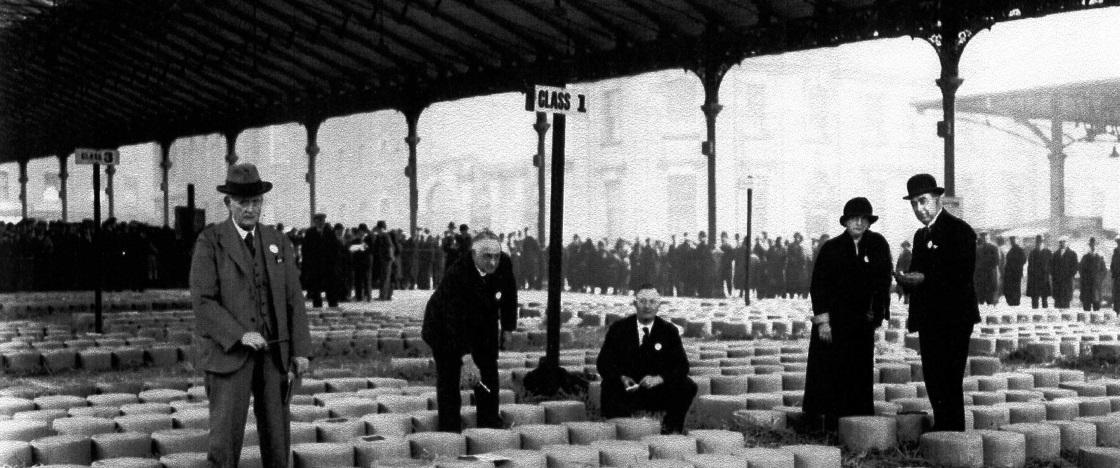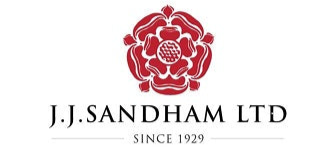
Lancashire Cheese Heritage
Such a unique method of mixing curds to make cheese encountered variations in the consistency and 1892 marked a major turning point in the history of Lancashire cheese.
Joseph Gornall of Cabus near Garstang, was a Lancashire County Council employee and was well aware of the problems cheese makers were having. He was commissioned by the county council to standardise Lancashire cheese production and went on to invent the ‘Gornall’s Patent Cheese-maker’ which did indeed finally standardise Lancashire cheese production. This recipe and method is still widely adhered to today.
By the mid 1900s cheese production in Lancashire was booming with over 200 farms and creameries producing around 4800 tonnes of Lancashire cheese per annum. Lancashire was the birth place of the industrial revolution with much engineering and industry with a huge workforce that required cheap, wholesome food products of which cheese was exceptionally perfect for feeding the population.
During the Second World War, Lancashire Cheese, being a softer type of cheese to the likes of Cheddar, it was deemed unsuitable for rationing and so was withdrawn from production by the government in favour of hard cheese for a starving, rationed population. When production resumed in the 1950’s, there were only 22 farms making Lancashire Cheese. The 1960’s saw a new type of Lancashire Cheese enter the market. Lancashire Crumbly was invented specifically to compete with other white crumbly cheeses such as Cheshire, Wensleydale and Caerphilly and it could be made in one day making it far easier and cheaper to produce.
